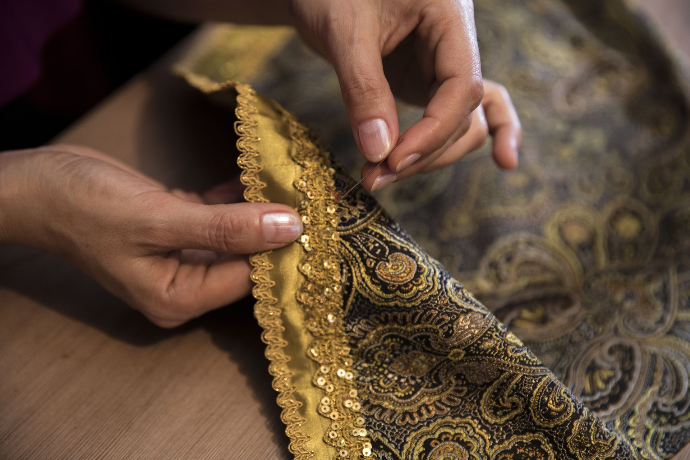Preserving the planet, one fabric at a time.
Sustainability in textiles refers to designing, producing, using, and disposing of fabrics in ways that minimize harm to the environment, reduce resource waste, and protect people and ecosystems involved in the supply chain. As the fashion and fabric industry has grown, so have its environmental consequences — from water pollution and deforestation to excessive carbon emissions. That’s why sustainable textile practices are no longer a trend, but a necessity.
What Makes a Textile Sustainable?
A fabric can be considered sustainable when it fulfills some or all of the following:
- Made from renewable, organic, or recycled raw materials
- Produced using low water, low energy, and non-toxic chemical processes
- Biodegradable or recyclable at the end of its lifecycle
- Supports fair wages and safe conditions for workers
- Has a long lifespan (durable and reusable)
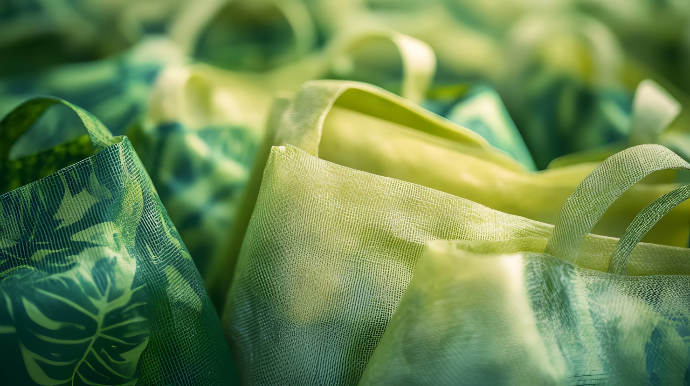
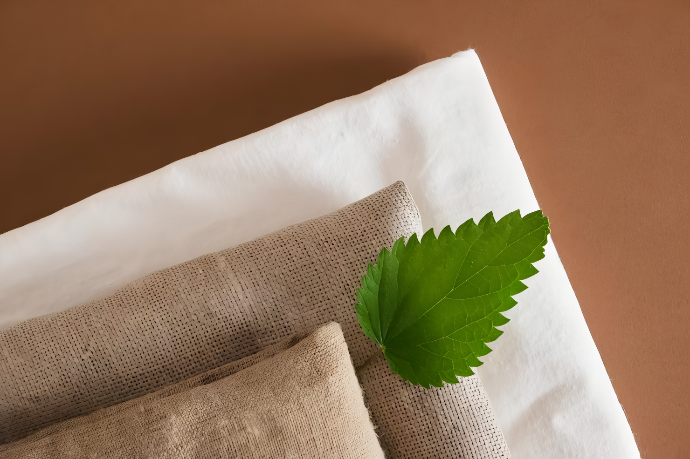
Natural sustainable fibres
- Organic Cotton (grown without pesticides)
- Linen (from flax, needing minimal water)
- Hemp (fast-growing, regenerates soil)
- Bamboo Viscose (sustainable only when processed mechanically)
- TENCEL™ Lyocell (from sustainably harvested trees)
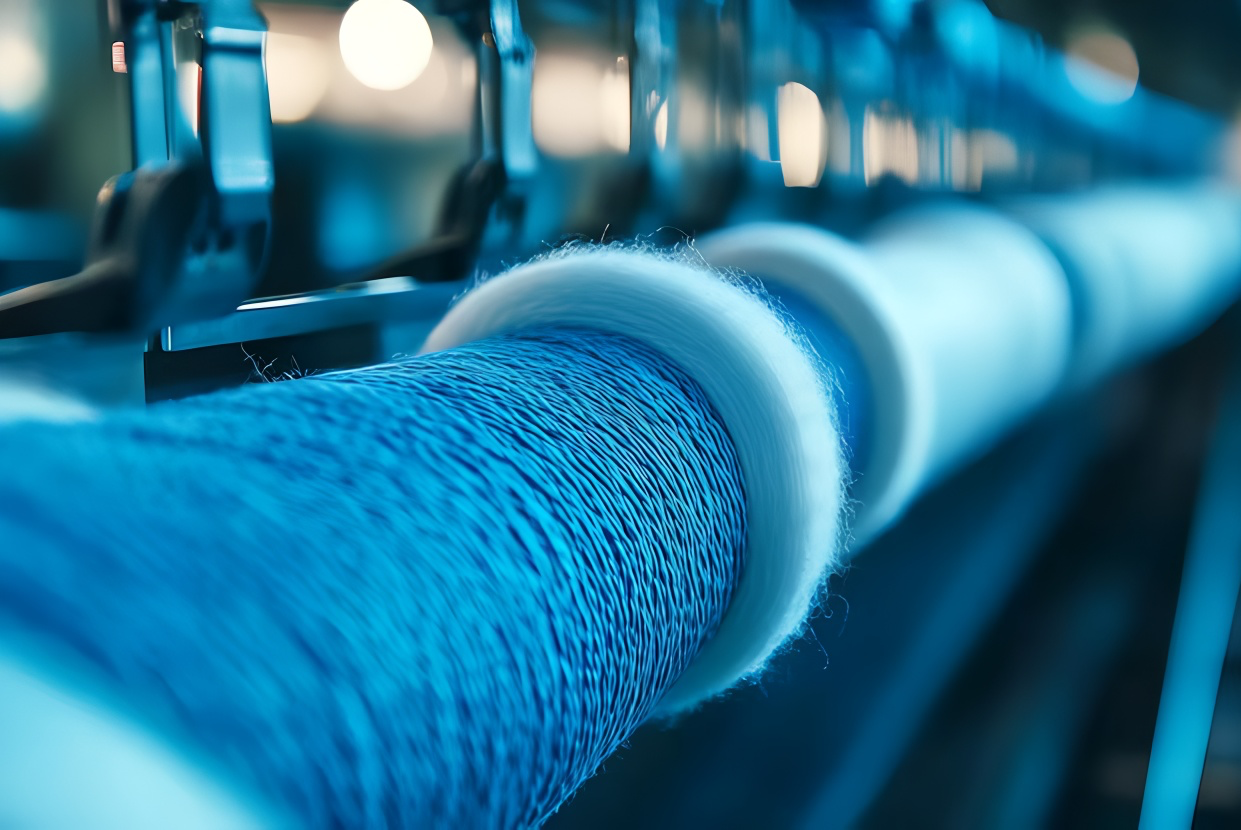
Recycled synthetic fibres
- Recycled polyester (rPET from plastic bottles)
- ECONYL® (regenerated nylon from ocean waste)
- Recycled acrylics and polyamides
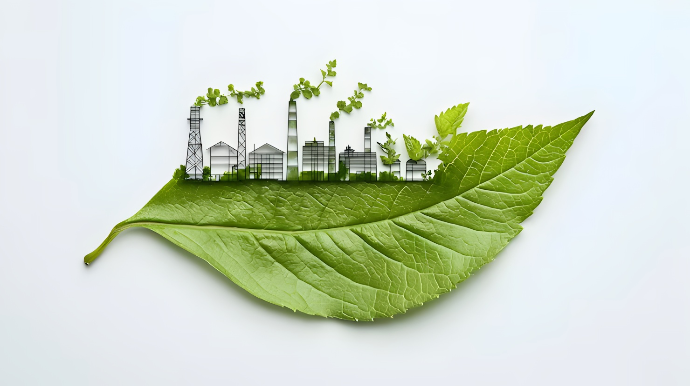
Sustainable Manufacturing Practices
The environmental cost of textiles is heavily influenced by how they are produced. Sustainable manufacturing includes:
- Closed-loop processing (reuses water and chemicals)
- Low-impact dyeing methods (plant-based or GOTS-certified dyes)
- Waste minimization (fabric offcuts are reused or recycled)
- Renewable energy in textile mills
Certifications & Labels
Certifications ensure transparency and give customers trust in sustainability claims. Key ones include:
- GOTS (Global Organic Textile Standard)
- OEKO-TEX® Standard 100 (tests for harmful substances)
- Fair Trade Certified (ensures ethical labor practices)
- Cradle to Cradle (products are circular and biodegradable)
- Bluesign® (clean chemical use and resource safety)
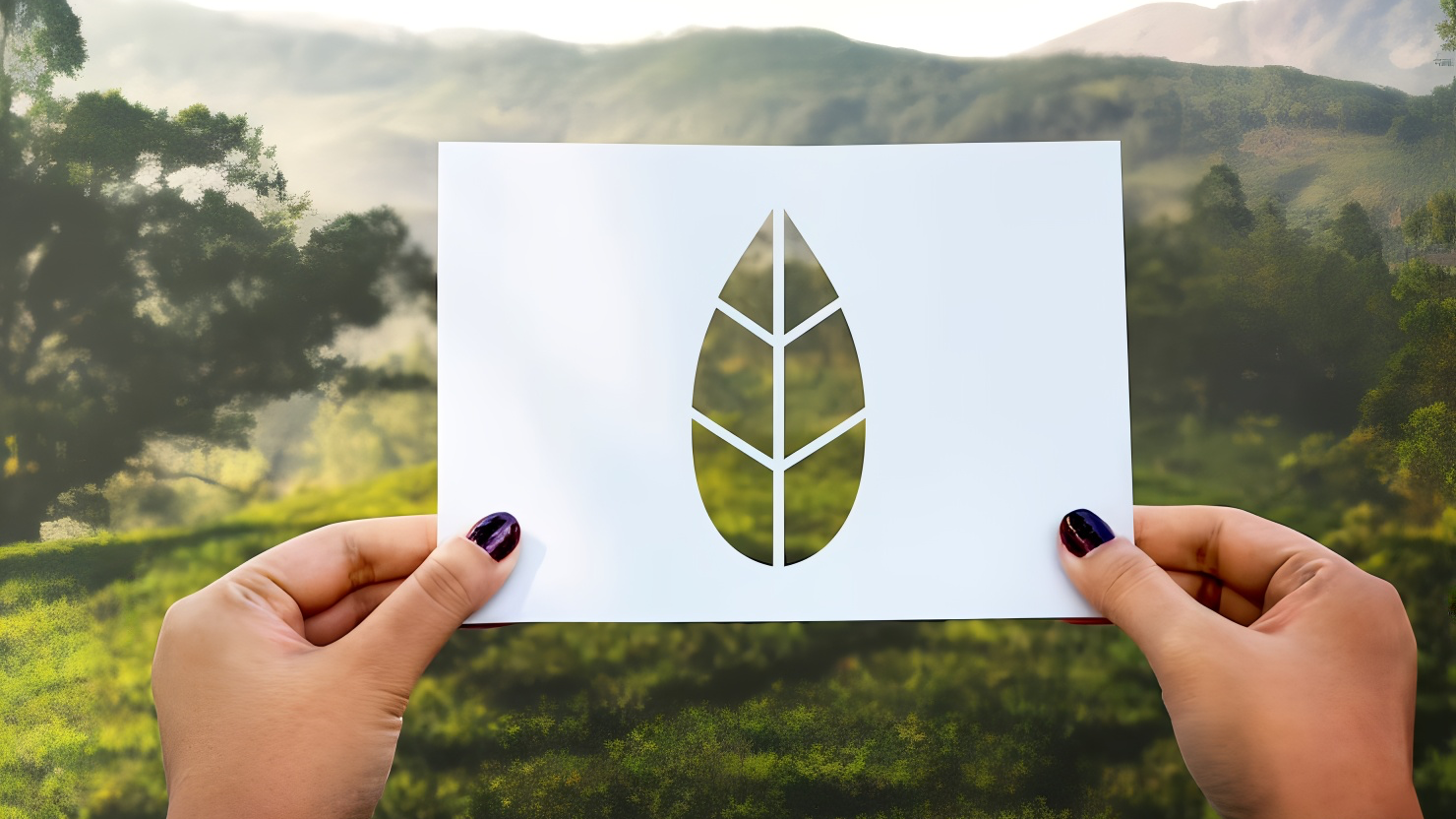
The Problem of Waste & Fast Fashion
Fast fashion encourages overproduction and overconsumption. On average, over 92 million tonnes of textile waste is generated globally each year — most of it non-biodegradable. Landfills and incineration contribute to carbon emissions, while discarded synthetic fibers shed microplastics into oceans.
Sustainable textiles aim to reverse this by promoting:
- Repair, reuse, and recycling of garments
- Designing for longevity and minimal waste
- Embracing slow fashion and conscious consumption

Biodegradability & Circular Design
Fabrics that decompose naturally — like wool, silk, hemp, and organic cotton — return to the earth without leaving toxins behind.
Circular design means designing textiles to be reused, upcycled, or safely broken down. Instead of a linear model (make → use → dispose), the textile industry is shifting to a circular one (make → use → regenerate).

Sustainability in Indian Textiles
India has a rich history of eco-conscious textile practices:
- Khadi is handspun and handwoven, requiring minimal energy.
- Indigo dyeing (natural indigofera plant) is an age-old tradition.
- Handloom and artisan-made fabrics have lower carbon footprints and preserve craft heritage.
